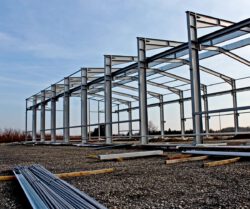Barrier-free bathroom renovation
In order to renovate an apartment in a sustainable way, it should be converted into important areas such as the bathroom for people with reduced mobility.
Many people still think of the term “accessibility” to disabled people, which are only a small part of our society. But this assumption is only partly true. Already today, the Federal Institute for Building, Urban and Regional Research goes from almost a third of the population, which in the widest sense is one of the mobility-impaired groups. This includes elderly people whose number will grow considerably in the near future. It is easy to see from these figures that the demands on accessibility in housing construction are increasing. In particular, landlords should consider this aspect in the next modernization of their property.
A cost-intensive point of any renovation is the bathroom. It is a good idea to have a preliminary planning in order to prevent future rebuilding measures. Of course, old-style handles and fittings can also be retrofitted if necessary, but the size of the bath is difficult to change and involves considerable costs. For this reason, bathroom and sanitary areas should be enlarged as far as possible in order to take account of the increased space requirements of people with walking and moving aids. DIN 18025 serves as a basis for planning. This standard for barrier-free apartments also takes into account the requirements of wheelchair users. For this, for example, a toilets with wash basins must have a size of at least 4.5 square meters.
In general, a large bath depth shower with a sufficient area of movement is to be installed in front of it. Also suitable for elderly and disabled persons is a toilet with a maximum height of 48 centimeters. A higher pressure load of up to 100 kg is also important. The washbasin should not exceed a height of 80 centimeters, be limited to 30 centimeters and equipped with a single-lever tap. Also important is a large door of at least 85 centimeters width which can be opened to the outside. By taking into account these and a few other constructional requirements, a barrier-free bath can be easily realized during the next renovation.


